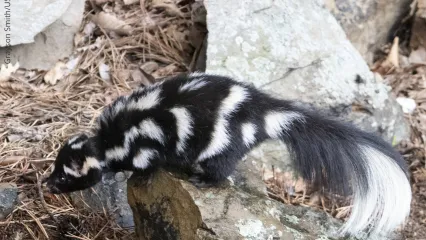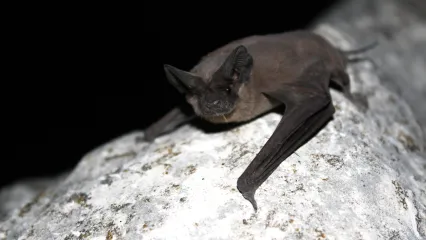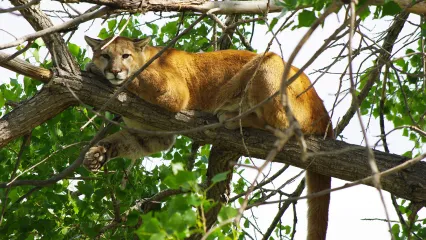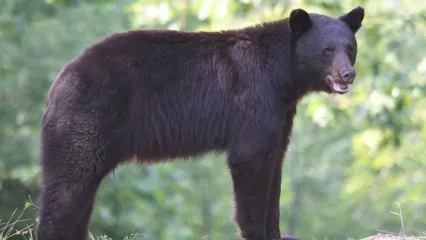
Description
The body pattern of the eastern spotted skunk consists of numerous broken and smaller white stripes on the sides and back. The subspecies that occurs in Oklahoma is the plains spotted skunk, S. putorius interrupta.
Size
The eastern spotted skunk is considerably smaller than the more widespread and abundant striped skunk, averaging only 1 – 1.5 lbs. and 20 inches long.
Habitat
Historical accounts note that eastern spotted skunks use a variety of habitat types, but they seem to prefer areas dominated by mixed hardwood-pine forest with rocky outcrops.
Eastern spotted skunks have been documented in at least thirty Oklahoma counties. However, the species experienced population declines throughout the mid-1900s. While the exact reasons for the decline are unknown, biologists speculate that a combination of habitat fragmentation, clean farming practices, disease, and competition with the striped skunk are to blame. Both the eastern and western spotted skunk (S. gracilis) have a year-round closed season in Oklahoma and cannot be hunted or trapped.
Life Cycle
Similar to striped skunk, the eastern spotted skunk is omnivorous and feeds on a variety of plant and animal matter, including fruits, insects, and carrion. Mating is thought to occur in April, with a gestation period of 55-65 days. Females give birth to 3-7 young in an established den, likely within either a rocky crevice or at the base of a tree.
How To Observe
Eastern spotted skunks are very secretive and uncommon. Thus, the Wildlife Department is interested in gathering sightings from the public. If you see a spotted skunk, please report details of the observation (location, habitat description, and a photo if available) to Jerrod Davis, Furbearer Biologist, at jerrod.davis@odwc.ok.gov.


